EPA scaling back basin plan
Public balked at proposed cleanup’s expense, duration

A controversial plan to install a plastic liner along 10 miles of the Coeur d’Alene River’s south fork probably will be scrapped.
By lining the stream, the U.S. Environmental Protection Agency aimed to keep clean surface water from mixing with groundwater polluted from historic hard-rock mining activity.
But the $300 million liner was expensive, politically unpopular and posed technical challenges. Agency officials say they’re looking at other options for reducing high levels of lead, arsenic and zinc in the water. A final decision is expected later this year.
“You’re literally pulling up a river, placing a liner, and putting the river back on top,” said Shawn Blocker, an EPA acting team leader. “You’re working in a dynamic environment. … It’s not an easy process.”
The south fork is one of the Silver Valley’s key natural features, meandering through the chain of old mining towns that border Interstate 90. In some areas, the Trail of the Coeur d’Alenes bike route follows the stream.
Last summer, the liner became a flashpoint during public hearings over an expanded Superfund cleanup in the upper Coeur d’Alene Basin. Local residents worried the south fork would lose its natural look.
Blocker said the liner would have been buried under several feet of river rock. “It’s not like you would have seen this big, white thing,” he said.
In other rivers, liners successfully halted the spread of heavy metals, Blocker said. Along the south fork, however, EPA officials are now looking into collecting groundwater and treating it to remove heavy metals. An existing treatment plant already has that capability.
After treatment, the water would be returned to the south fork.
“We aren’t going to have a big, dry riverbed,” Blocker said. “We want to clean it up, but make it still the same as it was before.”
EPA received about 7,000 public comments on a $1.3 billion proposal to expand Superfund cleanup activities in the upper Coeur d’Alene Basin. The plan’s intent is to reduce the risk of heavy metals exposure for both people and wildlife. It targets more than 300 old mine sites in the basin, along with polluted streams. But both the plan’s price tag and the 50- to 100-year cleanup timeframe have been questioned by local residents and Idaho’s congressional delegation.
“It’s clear the final plan will have a reduced scope,” EPA Project Manager Bill Adams said this week in an agency publication.
EPA officials are meeting with local stakeholders, including community leaders, the state of Idaho and the Coeur d’Alene Tribe to discuss the project.
The agency’s goal is to move closer “to something they like,” Blocker said.